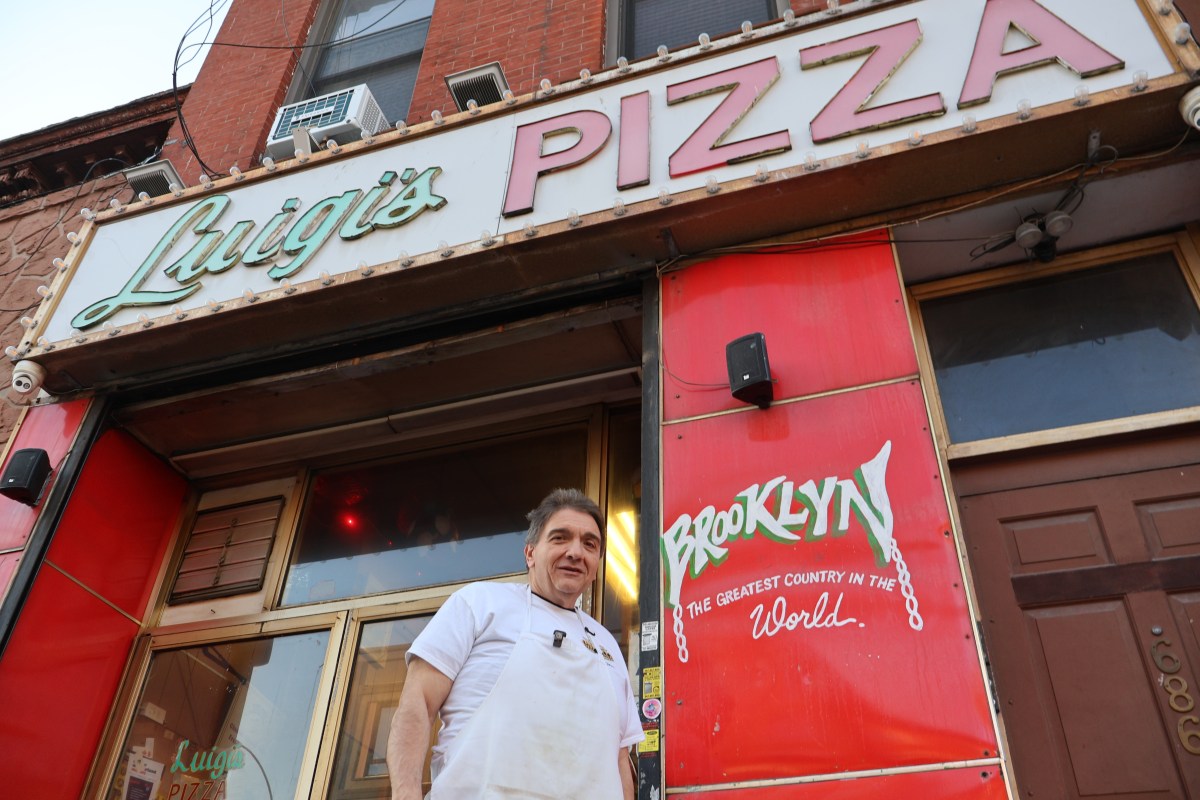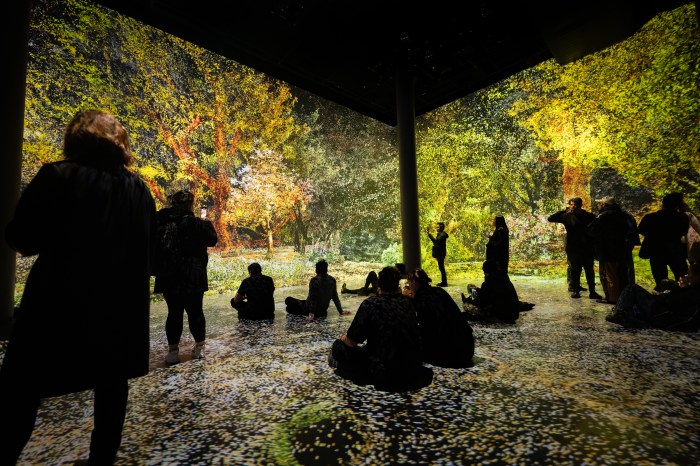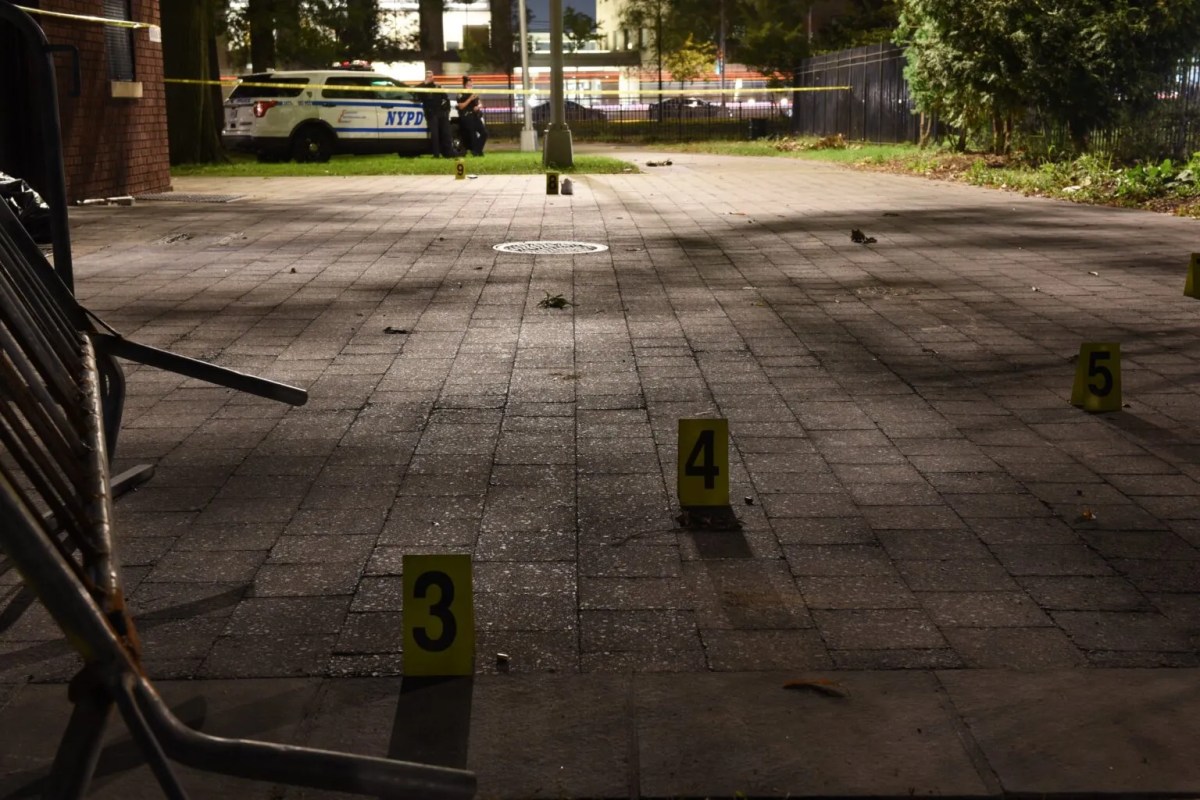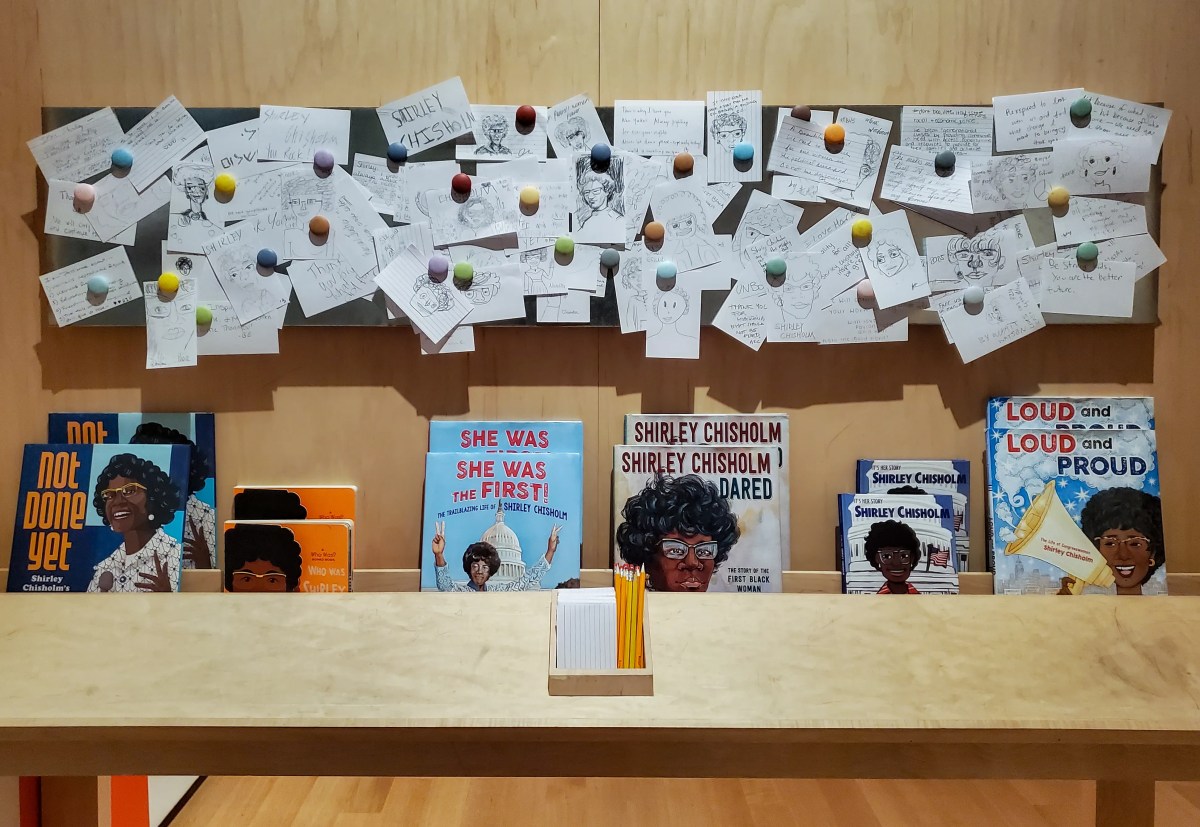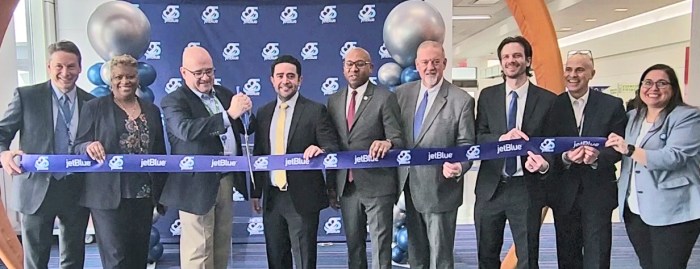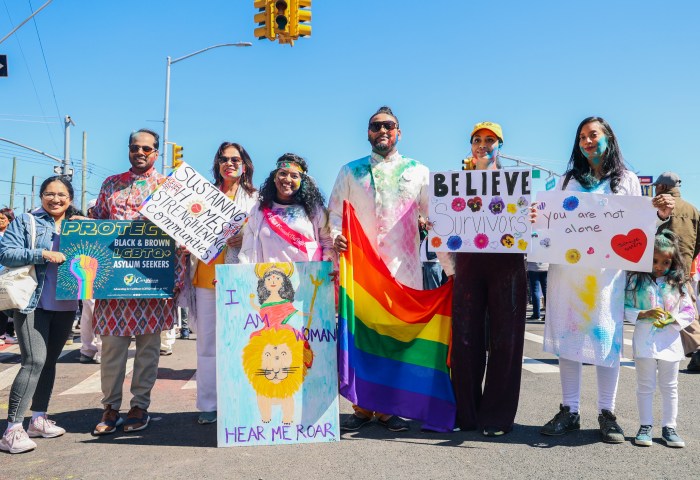Eric Demby is a founding father of the Brooklyn foodie scene.
Formerly a fact-checker for Rolling Stone and journalist for MTV.com, Demby got his start working with the public in Brooklyn as communications director for former Borough President Marty Markowitz.
In 2008, Demby and his business partner Jonathan Butler founded Brooklyn Flea, of which there are now three: ones in Fort Greene and Brooklyn Bridge Park on Saturdays and a third in Williamsburg on Sundays. In May 2011 they launched Smorgasburg, a food spinoff of their popular markets.
Demby chatted with us about his newest venture, Berg’n, a 9,000-square-foot multi-vendor beer and chow hall at 899 Bergen St. in Crown Heights that opened late last month and features Asia Dog, Might Quinn’s BBQ, Pizza Moto and Ramen Burger.
How was your opening weekend?
Opening day at Berg’n was awesome, with a line out the door and a packed hall all night.
What kind of crowd do you expect to get at Berg’n?
The goal of it from the beginning is for it to be affordable and accessible. And so we really want to be a place where everyone feels welcome, so people who have lived in the neighborhood for 30 years, 40 years, 50 years will want to go to it. Crown Heights is kind of like that, there’s a lot of people who have been here for a long time, and we wanted it to reflect that. And I think it’ll be one of these things during the day, there might be people on the way to the subway in the morning or people on their laptops in the morning will come and eat lunch, or moms with strollers in the afternoons. It’s going to be open like 16 hours a day so it’s going to have a lot of lives throughout the day and throughout the week. It’s going to be one of those ‘all things to all people’ kind of things. There’s something for everyone.
What does this nabe have that others don’t?
The backstory is that Jonathan [Butler] and some other business partners of his purchased the property that includes Berg’n and 1000 Dean Street [a new office building co-owned by Butler], and so the idea was always that there would be this new office building and that next to it there would be this Smorgasburg-flea-cafeteria for the people that work there. And we also saw the neighborhood evolving a few years ago and we know that there’s not this kind of a big place where you can always get a table and a place where the food is affordable but still decent or good. And we really looked at the location of the beer hall and were like there is nothing like this anywhere near it and it’s so central to Crown Heights, Prospect Heights, [Prospect-Lefferts] Gardens, Clinton Hill, Fort Greene — those neighborhoods are full of people and there’s not a lot of places to go.
How did you choose your vendors?
That part was easy. We chose the vendors based on a few factors: One of them is we looked at the ones that are the most popular in the [flea markets] for a long time, had some staying power. So [Mighty Quinn’s] had a long line, Asia Dog has never failed to be popular … and these are all folks that we’ve gotten to know very well on a personal and professional level. So we knew that they were ready for a seven-day-a-week environment, we knew that they wanted that as well, and we knew that they’d be able to do a good job. And then Ramen Burger kind of came along last August and their line was so long and they were so packed and no one really expected that. So they had this kind of staying power and we wanted to have a burger vendor. But really it came down to a mix of quality and professionalism. We also really like all their food.
Why did you choose this design?
An architect named Annabelle Selldorf, who has designed a lot of buildings both around the city and around the world, was a friend of Jonathan and his wife’s, and she was a fan of working on the 1000 Dean project. And when it came time to choose an architect and designer for the beer hall there was a comfort level there and we really liked her. We liked her aesthetic; we liked the cleanliness of the design, the lack of pretense. And I think we were all in agreement that we didn’t want this Brooklyn 2012 taxidermy — we just didn’t want it to look like every other Brooklyn restaurant because we are different than that. I would say that it’s quite modern and contemporary but really what it really has going for it is that it’s a big space, Berg’n can hold almost 400 people. We really like the focus to be on people interacting with each other, having new experiences, meeting new people, catching up with friends. And so at the same time that this platform is really food vendors and socializing, we really wanted the focus of Berg’n to really be hanging out. It has this way of being modern but also warm.
How does this space tap into the pulse of Brooklyn right now?
The way it fits in for us is a little different than how it may be perceived by the public. For us, we’ve known for quite some time that vendors at the market, once they hit a certain level of success, they’re like any other company: They want to grow and they want opportunities. And we always want to be able to provide those opportunities for vendors as opposed to going outside our family. We’ve always loved both the kind of family feel but also the narrative that goes with all these companies growing alongside us, and so we’ve always thought about how to have a restaurant that featured food vendors. In terms of where it fits in with Brooklyn, it’s funny: There’s all kinds of similar concepts coming up around the city, but there’s something about, and I think people recognize this, the way that us as a company and the way the food vendors work together has a different kind of feeling to it. It doesn’t feel like what we did was to capture the moment, this was sort of out of necessity and there’s something sort of organic about how this came about.
What’s your signature beer?
We don’t really have a signature beer. We have a lot of beers. I think what’s significant about them is that we have a lot of good relationships with a lot of brewers. We’re working with really cool people that make beer, that’s generally how we’ve done things. The Other Half, that’s a Gowanus-based brewery, is going to be very popular and they’ll just be serving whatever they have at that moment. To open it’s going to be a West Coast IPA. I’m sure it’ll be different by October.
You were originally supposed to open in May — what has been the delay?
This is our first restaurant and frankly we made a mistake by announcing that we were going to open in May because we thought that we might and I think that’s when we realized how much public attention was being paid to us. We had the normal things that people go through at the end of a project with various approvals from various city departments. It wasn’t anything exciting that delayed us though.
What is most rapidly changing in Brooklyn right now?
The one thing I’m surprised about is like how quickly the development boom has spread beyond the conventional Brownstone Brooklyn, the way it’s moving onto neighborhoods like Bushwick, [Prospect-Lefferts] Gardens, Sunset Park. There were certain neighborhoods where you never thought this stuff would happen. I kind of think in some ways Brooklyn is learning a bit from how quickly the development happened over the last 10 years, where neighborhoods are a little more prepared and it’s being managed a little bit better. I can see how it’s sort of going to spread all over Brooklyn before long and it’s kind of mind-blowing when you look at the trajectory of the borough in the last 50 years.







